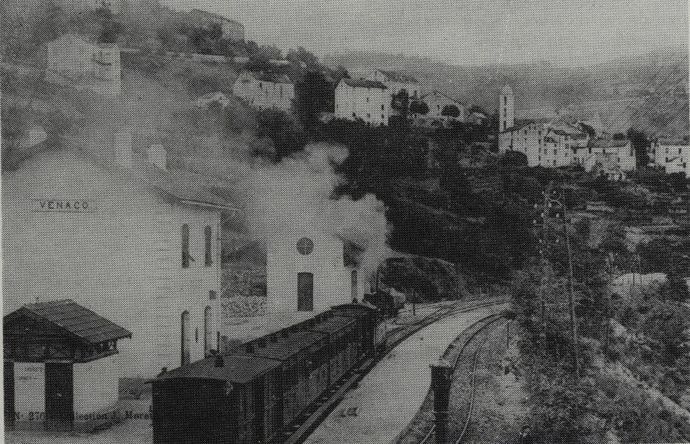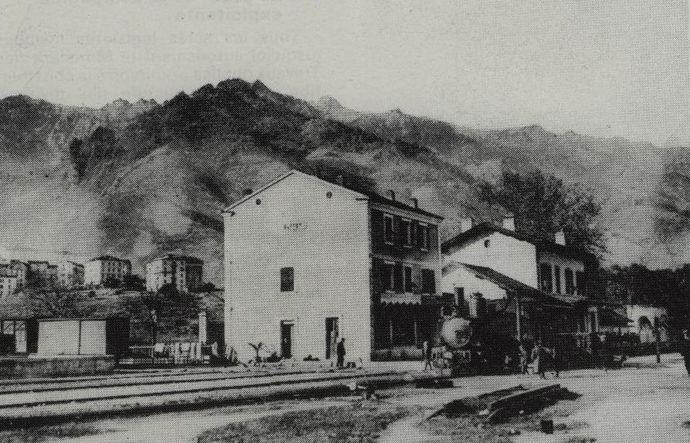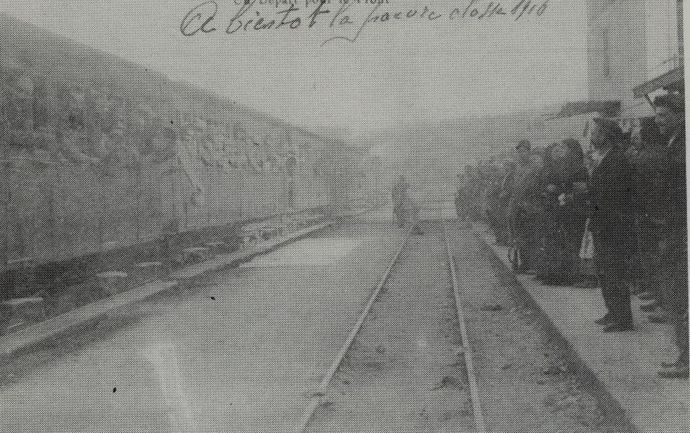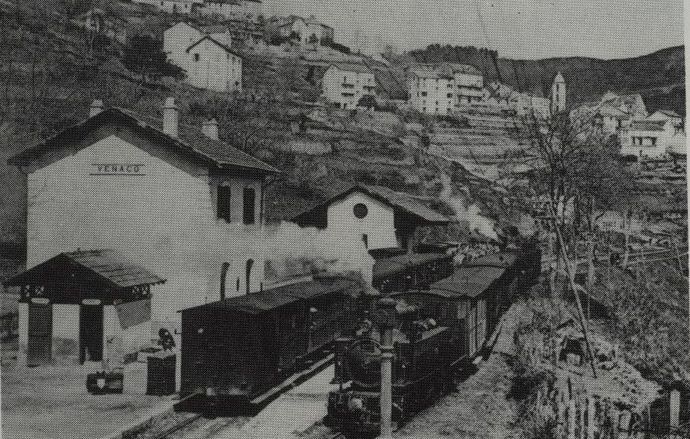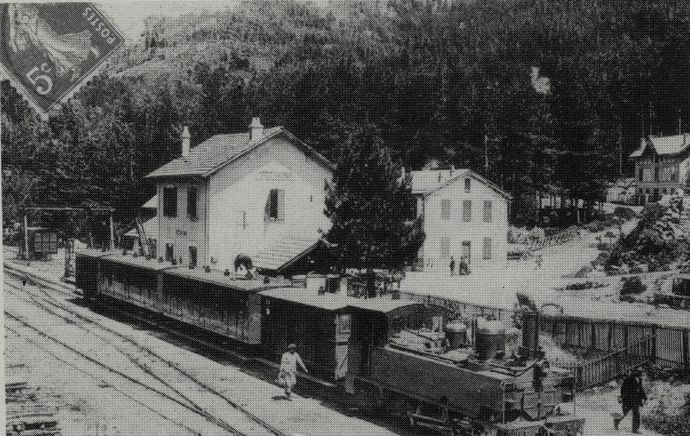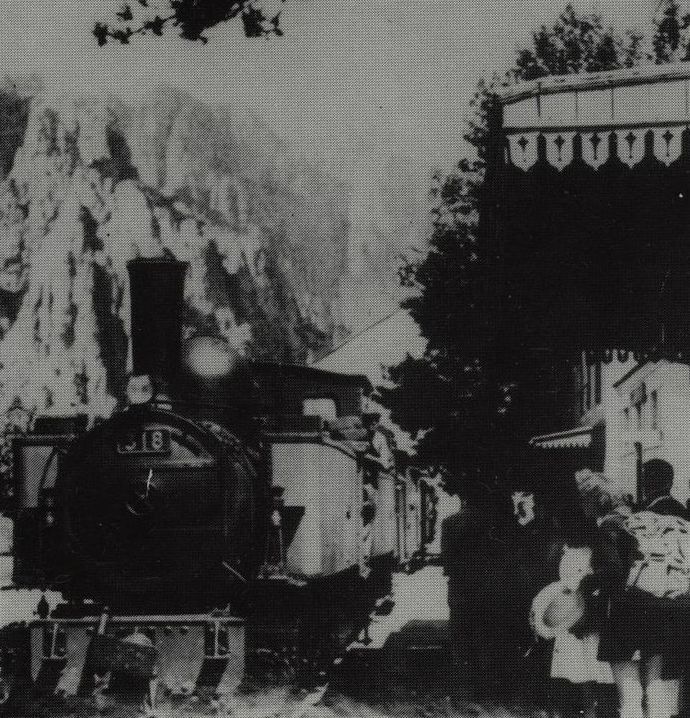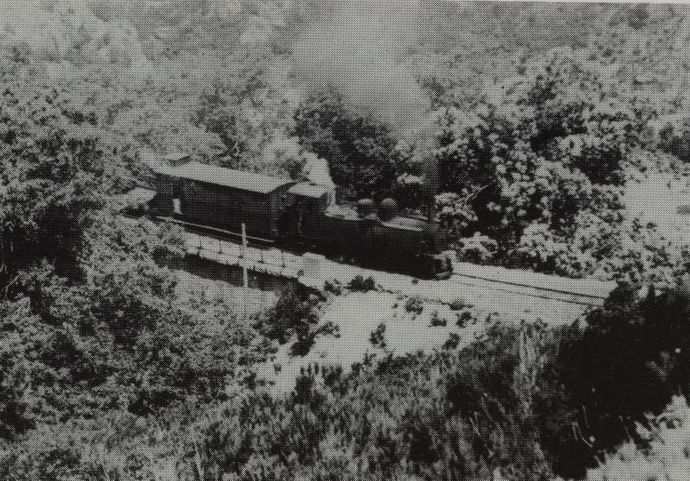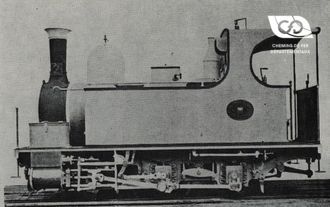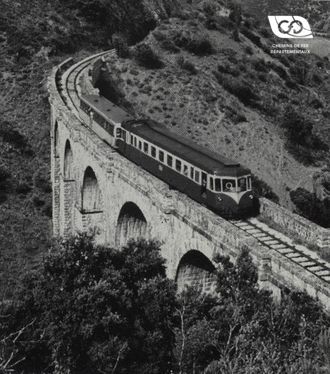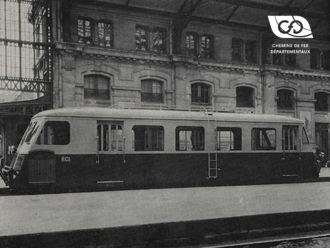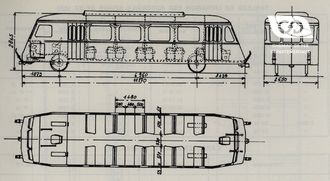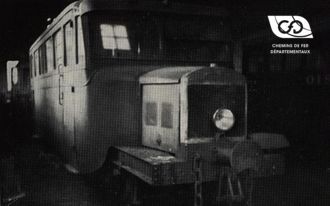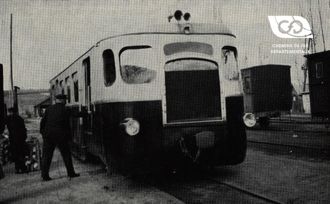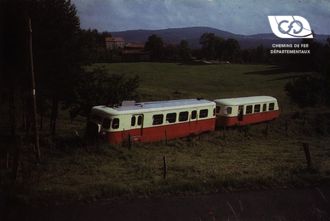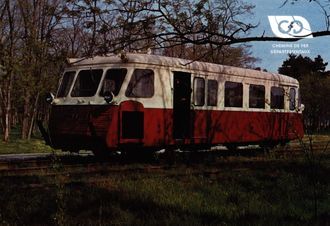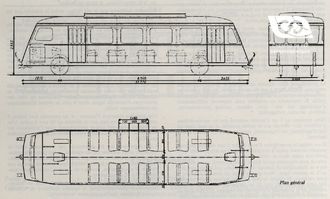The choice of the operating company
All the legislative acts mentioned so far authorised the Ministry of Public Works to provide for the construction of the infrastructure of the various lines concerned without prejudging their future mode of operation. Discussions were therefore initiated with various Railway Companies, of which only the Sté Gle des Chemins de fer économiques (S.E.) and the Cie des Chemins de fer départementaux, (CFD) recently formed for the purpose of operating the lines of local interest, presented positive proposals. It was with the latter that the Minister of Public Works signed an agreement on 21 February 1883 by which the C.F.D. made a commitment:
- to build the lines from Ponte- Leccia to Calvi and from Casamozza to Fium'Orbo
- to to provide tools, station furniture, rolling stock and supplies necessary for their operation, as well as to to operate the two above-mentioned lines and the Ajaccio to Bastia line on a temporary and trial basis, the construction of which was continued by State engineers, for a period of 15 years, unless one of the parties denounced it beforehand, this agreement was to remain valid beyond the first 15 years, for successive periods of 3 years.
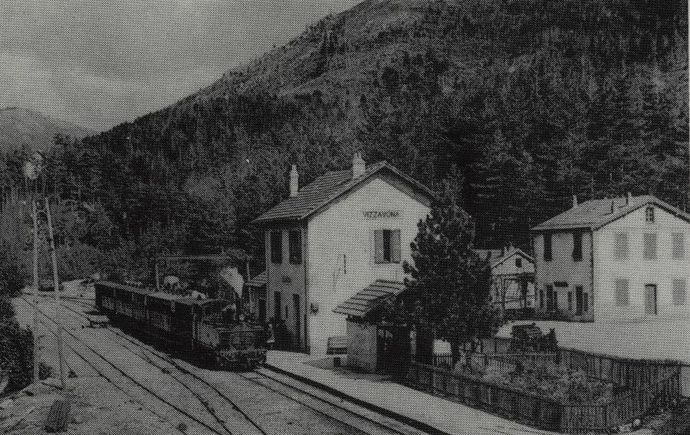
The Company further undertook to build and operate the lines from Fium'Orbo to Bonifacio and from Ajaccio to Propriano if declared a public utility.
The operation was carried out on behalf of the State, with a ceiling on the State's charges and a profit-sharing scheme for the Company by means of a savings bonus and a share of the profits received above a certain threshold.
This agreement was approved by the Law of 19 December 1883.
